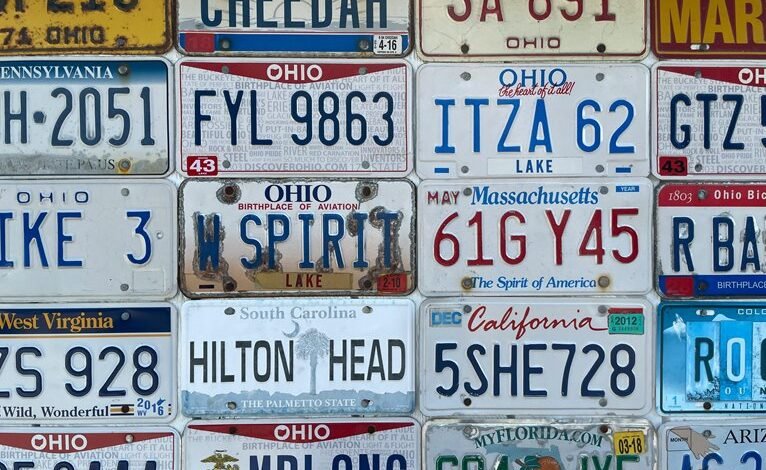Vehicle Number: Understanding Vehicle Identification Numbers

Vehicle Identification Numbers, or VINs, are essential for identifying vehicles in today's automotive landscape. Each VIN is a unique 17-character code that encodes vital details about a vehicle's manufacturer, model, and production year. Understanding this code can significantly impact vehicle transactions and ownership verification. However, the complexity of VINs may leave many wondering how to decode their hidden meanings. What insights can these numbers reveal about a vehicle's history and authenticity?
The Structure of a VIN: Breaking Down the Components
The Vehicle Identification Number (VIN) serves as a unique fingerprint for every vehicle, encapsulating vital information about its origin and specifications.
Understanding the VIN structure reveals the significance of each character, from the manufacturer to the vehicle's unique attributes.
This intricate arrangement empowers vehicle owners and enthusiasts alike, enhancing their knowledge and freedom in navigating the automotive landscape with confidence and clarity.
Decoding a VIN: What Each Character Reveals
Decoding a Vehicle Identification Number (VIN) unveils a wealth of information embedded within its 17-character sequence.
Each character holds VIN significance, revealing details about the vehicle's manufacturer, model, year, and place of production.
The Importance of VINs in Vehicle Transactions
Understanding the details captured within a Vehicle Identification Number (VIN) plays a pivotal role in vehicle transactions.
The VIN's significance lies in its ability to ensure transaction integrity, providing crucial information about a vehicle's history, ownership, and condition.
This transparency fosters trust between buyers and sellers, safeguarding individual freedom during purchases and reinforcing the importance of informed decision-making in the automotive marketplace.
Conclusion
In conclusion, understanding Vehicle Identification Numbers (VINs) is akin to reading a vehicle's biography, revealing its history, specifications, and authenticity. As the backbone of vehicle identification, VINs not only foster trust between buyers and sellers but also enhance overall transparency in automotive transactions. By grasping the intricate details and significance of a VIN, individuals can navigate the marketplace with confidence, ensuring informed decisions that protect their investments and promote responsible ownership.





